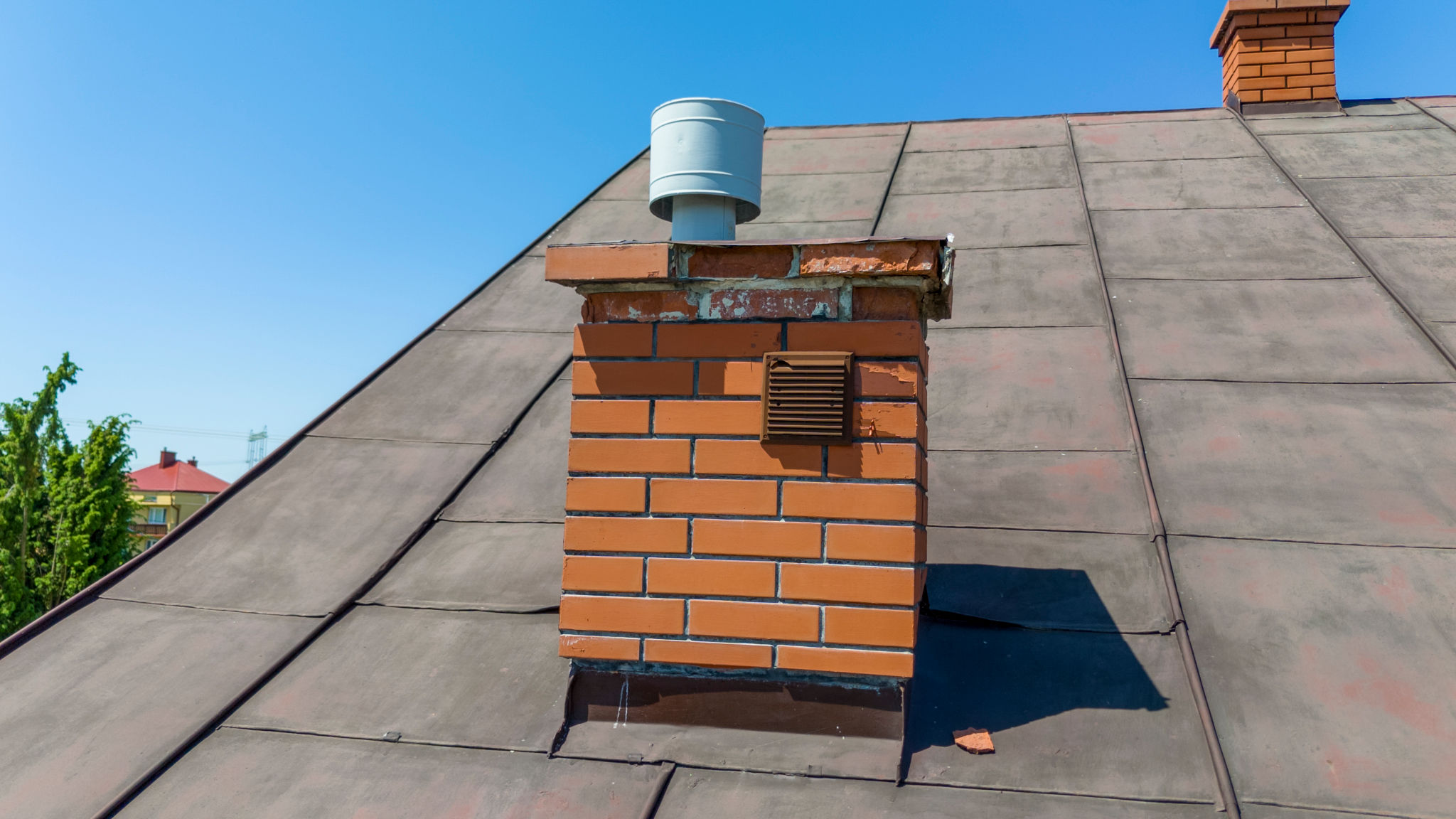DIY Chimney Maintenance: What You Can Do Before Calling the Pros
Understanding the Basics of Chimney Maintenance
Maintaining your chimney is an essential aspect of home upkeep, especially as the colder months approach. A well-maintained chimney not only ensures safety but also improves the efficiency of your fireplace. Before calling in the professionals, there are several DIY steps you can take to keep your chimney in good condition.

The primary function of a chimney is to safely channel smoke and gases from your fireplace out of your home. Over time, soot and creosote can build up along the walls of the chimney, which can lead to blockages and increase the risk of chimney fires. By performing regular maintenance, you can mitigate these risks and ensure your fireplace operates smoothly.
Inspecting Your Chimney
The first step in DIY chimney maintenance is conducting a thorough inspection. Look for any visible signs of damage such as cracks, loose bricks, or deteriorating mortar. These issues can allow water to seep into your chimney, leading to further damage and costly repairs.
Inspect the flue, which is the duct that allows smoke to escape. Make sure it opens and closes correctly, as a malfunctioning flue can lead to smoke and harmful gases entering your home. If you notice any issues during your inspection, it might be time to call in a professional for a more detailed assessment.
Cleaning the Chimney
Cleaning your chimney is a crucial task that can often be done without professional help. Start by gathering the necessary tools: a chimney brush, extension rods, a dust mask, and safety goggles. Ensure that your fireplace is completely cool before beginning the cleaning process.

Begin by removing any debris from your fireplace and covering the opening to prevent soot from entering your home. Insert the chimney brush into the flue and use a gentle up-and-down motion to dislodge any soot or creosote buildup. It's important to clean both the flue and the fireplace thoroughly to maintain airflow and reduce fire hazards.
Checking for Blockages
Another vital aspect of chimney maintenance is checking for blockages. Birds and other small animals often find chimneys appealing nesting spots. Ensure that there are no nests or other debris obstructing the flue or chimney cap. This can be done by shining a flashlight up the chimney and looking for any visible obstructions.
If you encounter stubborn blockages or notice an unusual smell coming from the chimney, it may indicate a more serious issue that requires professional attention. In such cases, it's best not to force anything and seek expert help.

Maintaining Chimney Caps and Flashing
Chimney caps and flashing play significant roles in protecting your chimney from the elements. The cap prevents rain, snow, and debris from entering the flue while keeping animals out. Check that the cap is securely attached and free of rust or damage.
Inspect the flashing at the base of the chimney where it meets the roof. This metal barrier prevents water from seeping into your home. Ensure that it's intact and properly sealed; any signs of rust or lifting may require repair or replacement to prevent leaks.
When to Call the Professionals
While many aspects of chimney maintenance can be handled on a DIY basis, certain situations necessitate professional intervention. If you notice structural damage, persistent blockages, or excessive creosote buildup, it's time to call in a chimney sweep or specialist.
Professionals have specialized tools and expertise to handle complex issues safely and effectively. Regular inspections by certified chimney experts can also provide peace of mind, ensuring that your chimney remains in excellent condition year-round.